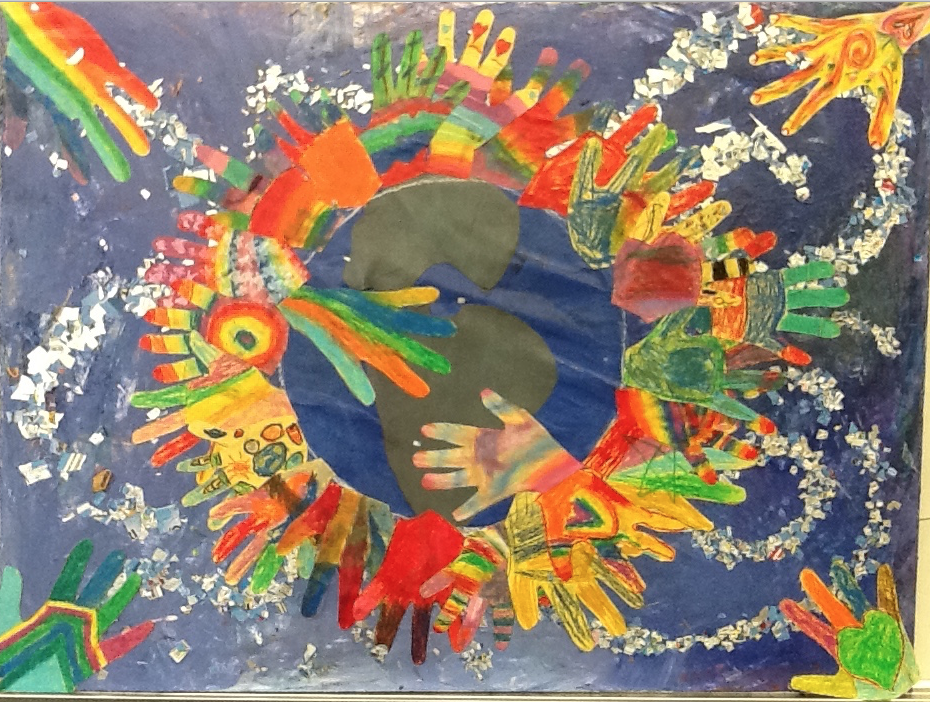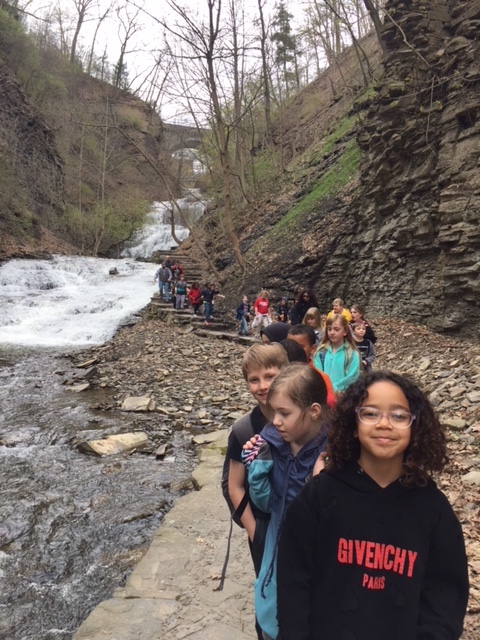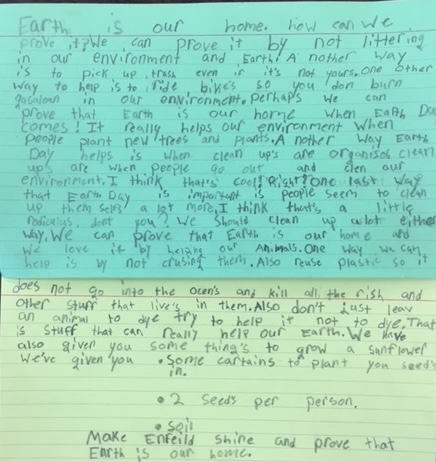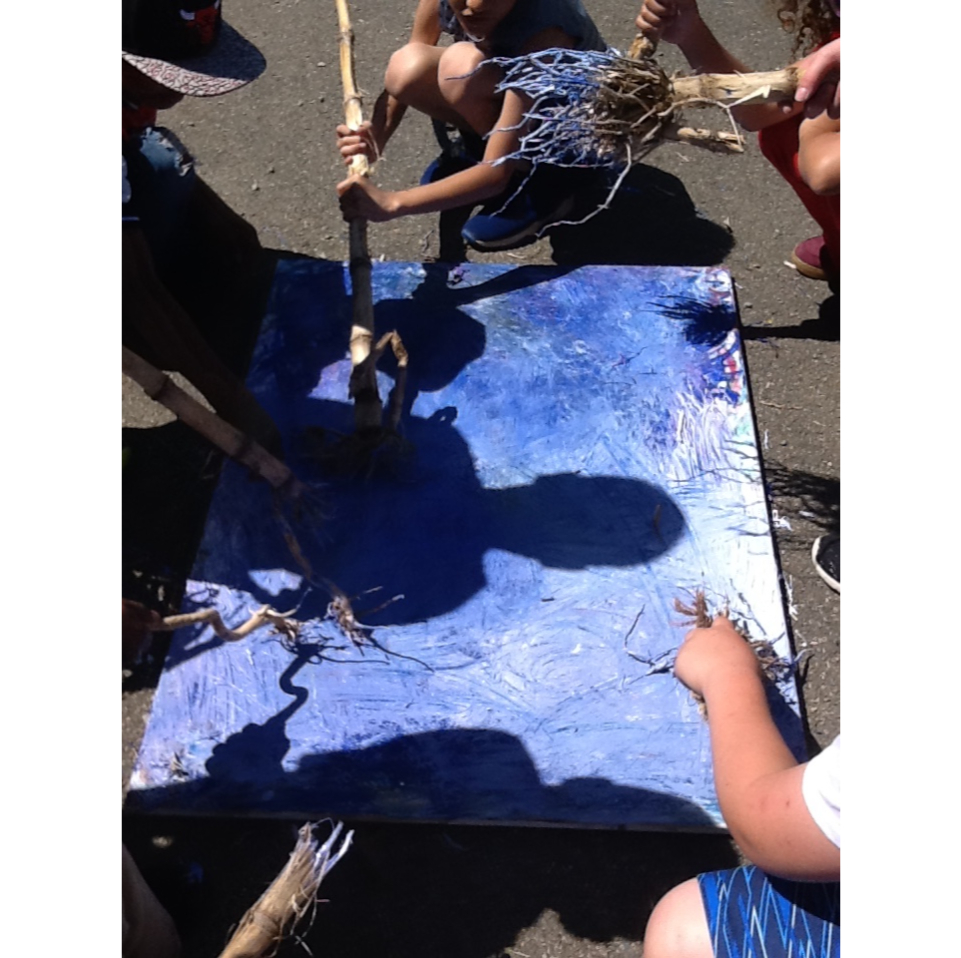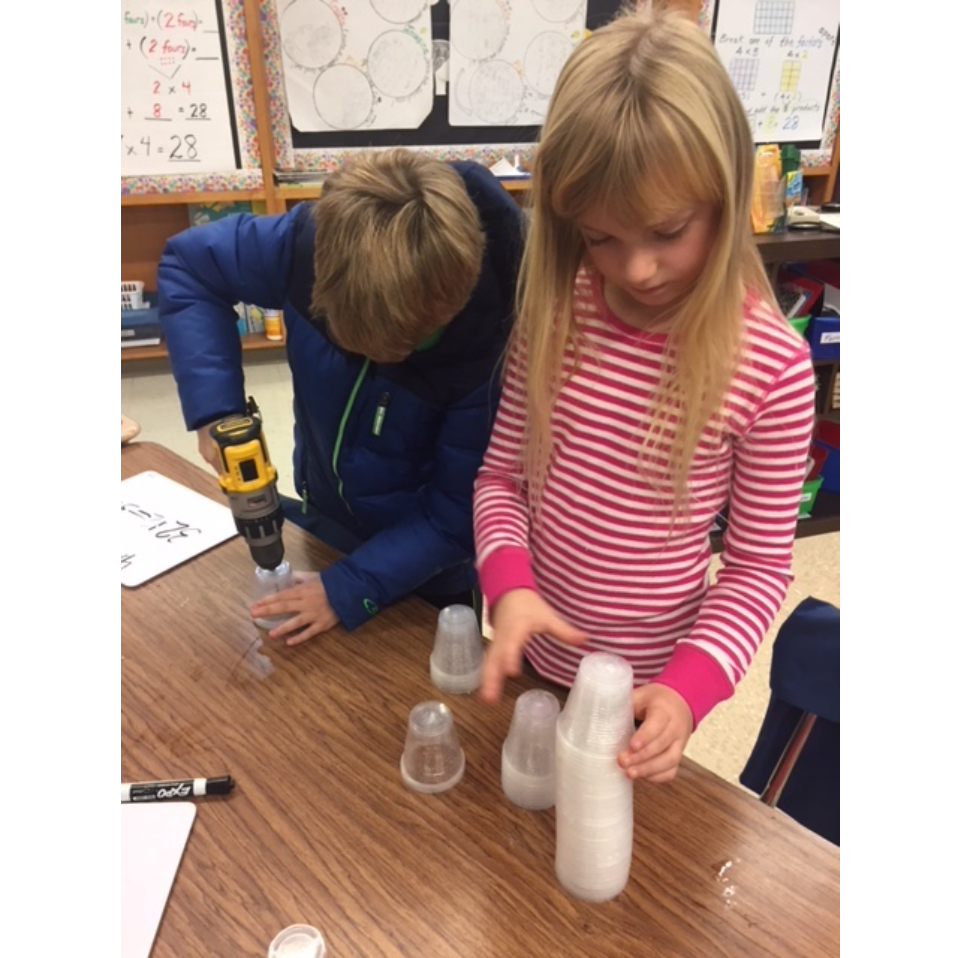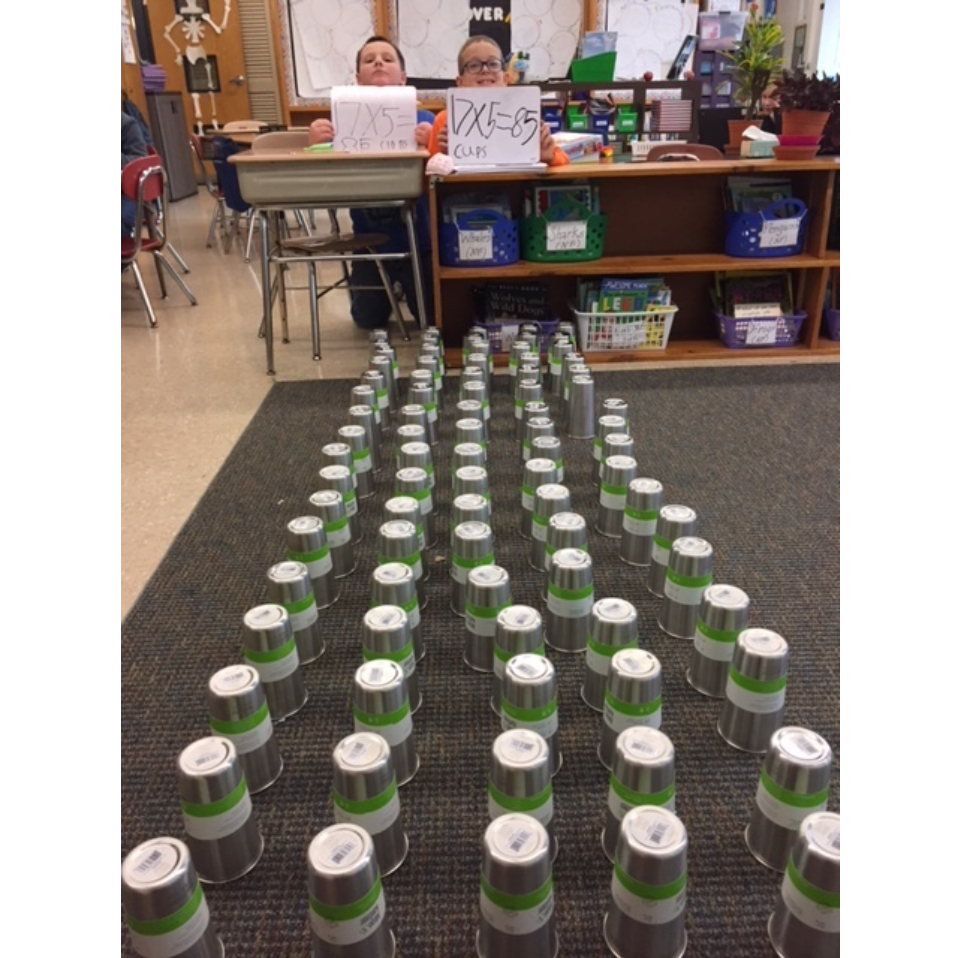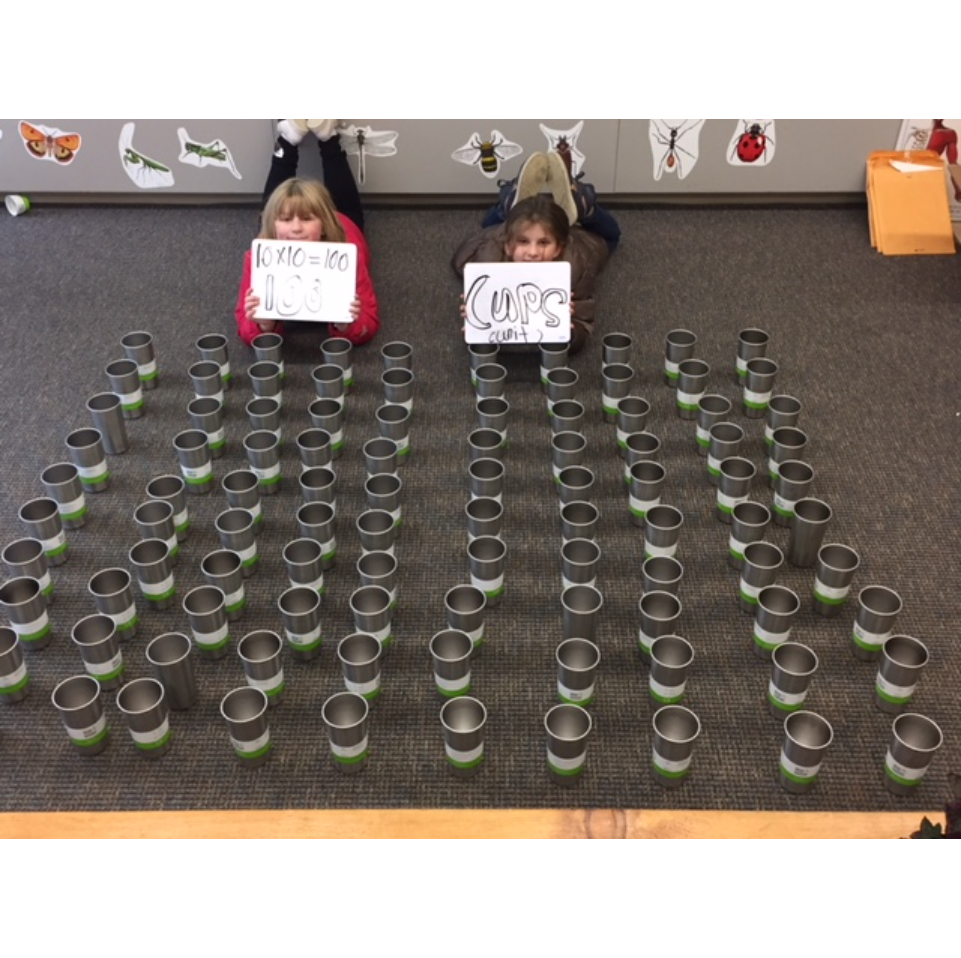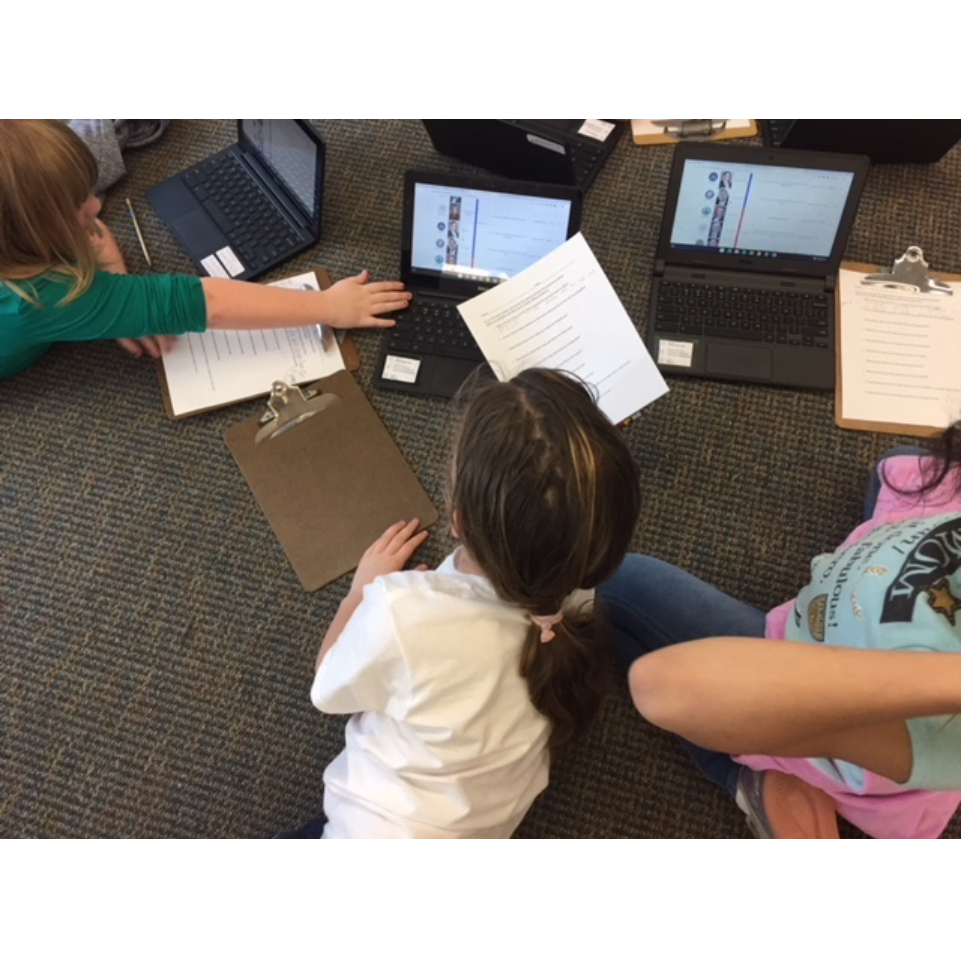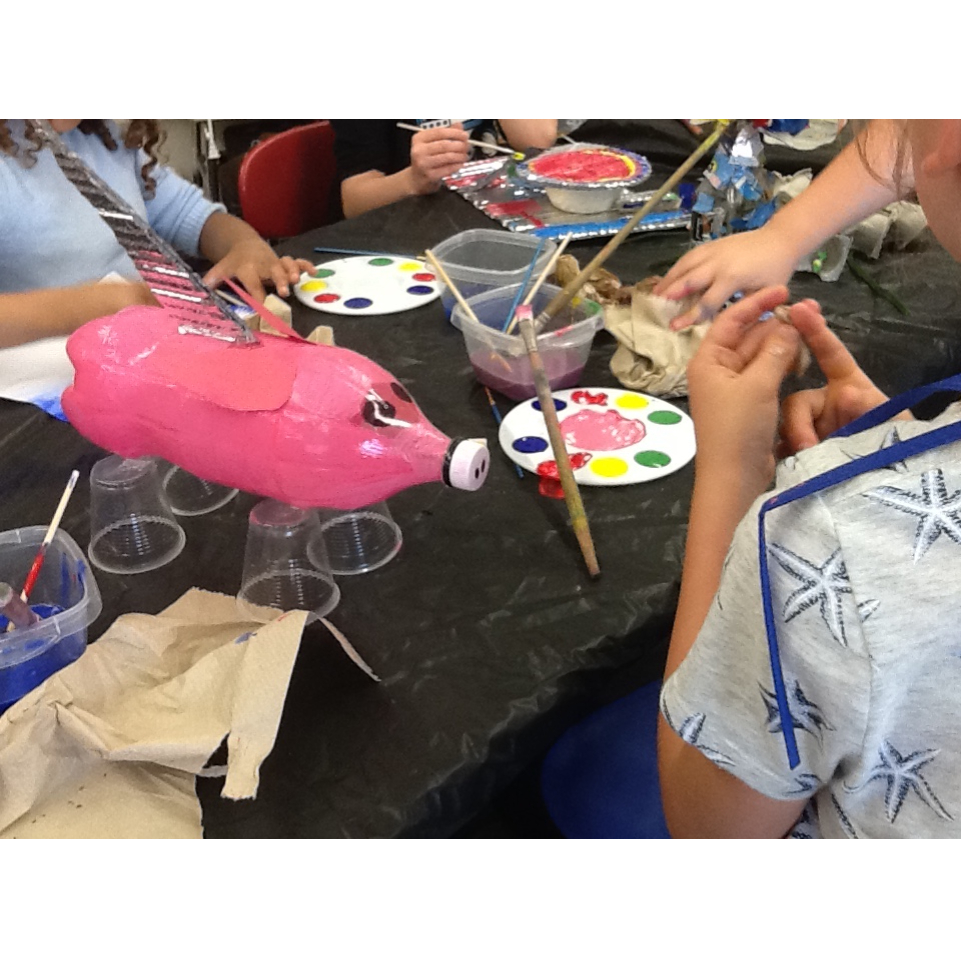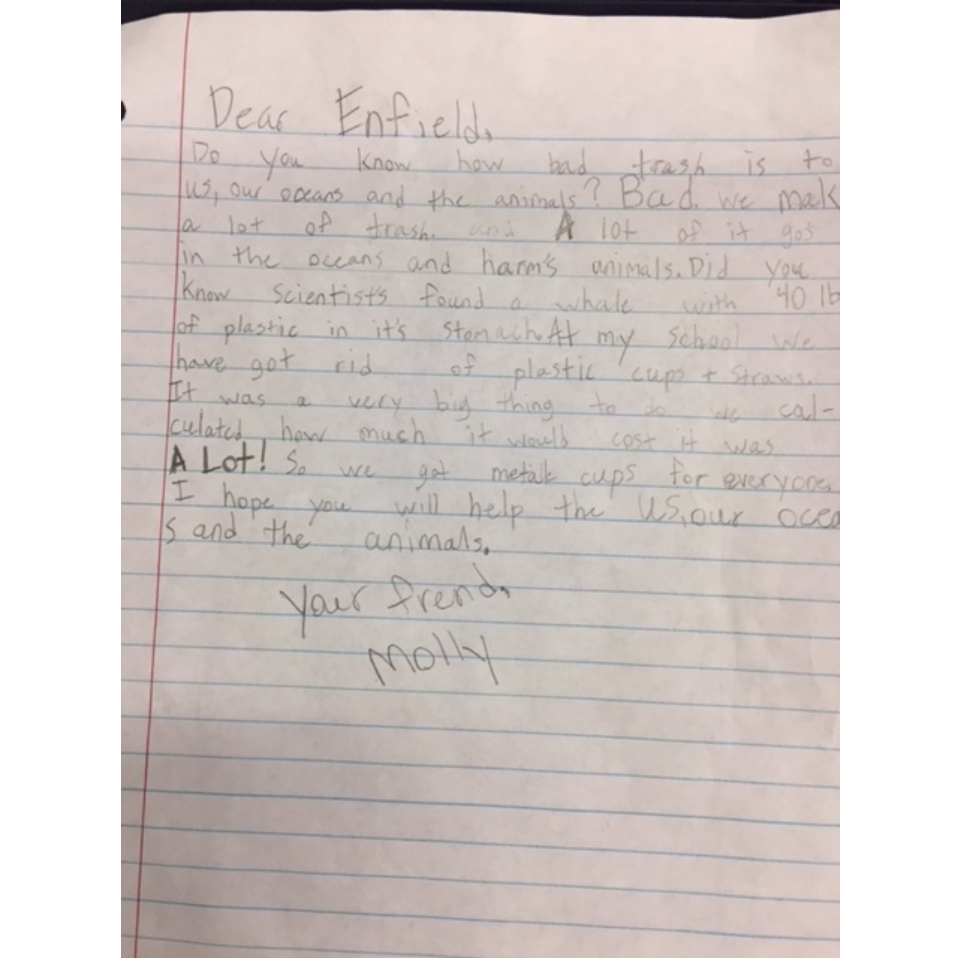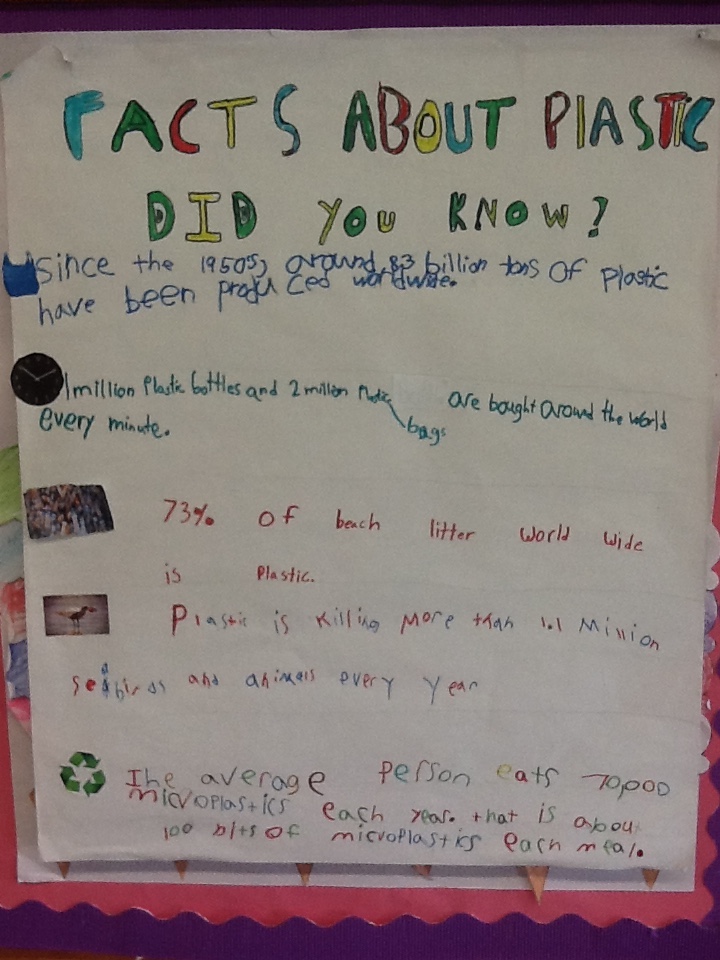Author: Taura McMeekin
School: Enfield Elementary
Grade: Third
"Fantastic Plastic?" examines the effects of plastic waste on living organisms, as well as the role of governments and citizens in helping the environment.
The case study begins with students unpacking several guiding questions related to waste and plastic, then moves into an experimental phase, in which students use data to explore whether plastic is harmful to living things. Students collect plastic waste from home and school, then sort, analyze, classify, and compare this data to other plastic waste data collected from around the world.
The case study additionally asks students to examine the role of governments in making and enforcing laws to protect the environment, as well as how their own daily choices regarding plastic consumption either help or harm the environment.
The goal of “Fantastic Plastic?” is to bring awareness to how we interact with the environment and how our everyday choices—specifically related to the consumption of single use plastic—impact the collective, global environment.
Author: Taura McMeekin
School: Enfield Elementary
Grade: Third
A large component of the “Fantastic Plastic?” case study is exploring how art contributes to social and environmental justice efforts. Through a collaboration with the Johnson Museum of Art, students learn about Willie Cole, an American eco artist whose work encourages commentary on gender, consumerism/ environmentalism, sexuality, and African-American identity. Students also study other eco artists from around the world who transform waste into art.
Guiding Concepts
All living things need a healthy environment.
Humans’ daily choices and actions can positively or negatively impact the environment
Activism = action
Student voice matters
Guiding Questions
What is plastic waste?
Is there any other species aside from humans that creates plastic waste?
How is plastic waste affecting the environment?
What happens to organisms when their environment changes?
What is the role of government in making and enforcing laws that help the environment?
What is the role of the citizen in helping the environment?
ICSD Anti-Marginalization Focus Questions
Is the way I see myself the same way that others see me?
What does it mean to feel good about myself and how can I express that I like who I am?
How can we celebrate what we have in common while also honoring our differences?
What can I do to gain confidence with speaking in front of/as part of a group?
Earth Day Service Learning Project
Students create and deliver “Earth Day Planning Kits” to other classrooms and present on the history and importance of Earth Day.
Opinion Email to the Governor
Students co-write an opinion email to the Governor of New York about the need to further reduce plastic pollution.
Eco Art Exhibition
Students conduct a four-week interactive unfolding of photographs by Eco artist Chris Jordan in the school hallways, encouraging others to predict what the images will be. Students also work collaboratively to create informational posters to be displayed next to the photographs after they’re revealed.
Fantastic Plastic Gallery Exhibition
Building off of a community partnership with the Johnson Museum of Art, students and teachers transform the third grade classrooms and hallway into a gallery exhibition featuring students’ eco artwork and video reflections on the process of working together towards social and environmental justice through art.
